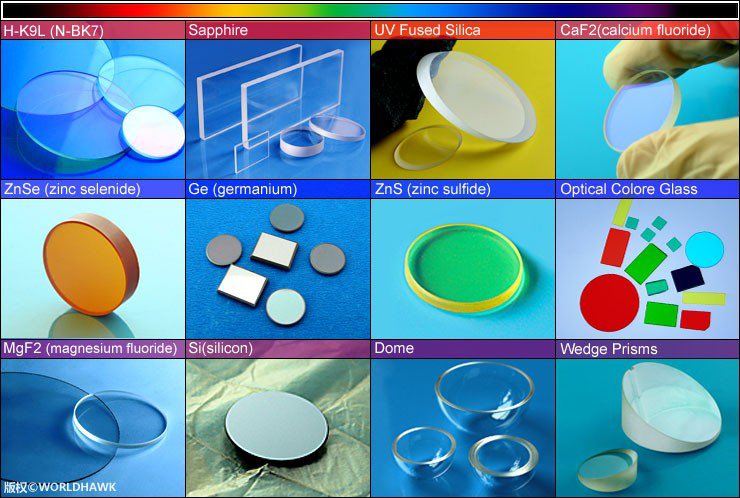 |
CO2 hydrogenation reaction of Co4N catalyst
Recently, Professor Zeng Jie’s group at the Hefei National Laboratory for Physical Sciences at the Microscale and the School of Chemistry and Materials Science at the University of Science and Technology of China has studied the active phases of cobalt (Co)-based catalysts in the CO 2 hydrogenation reaction. The researchers introduced the N atom into the Co catalyst to build a Co4N catalyst and discovered through in-situ mechanism study that Co4NHx is the true active phase in the catalytic process. The research was titled "Incorporating nitrogen atoms into cobalt nanosheets as a strategy to boost catalytic activity toward CO 2 hydrogenation" and was published online in the "Nature-Energy" magazine on October 9th.
With the rapid advancement of modern scientific progress and industrialization, human needs for energy are increasing. The heavy use of fossil fuels will face a day when energy consumption is exhausted, and it will also cause harm to the environment. Therefore, it is extremely urgent to develop renewable energy sources and improve energy efficiency. On the one hand, CO2 hydrogenation reaction can use CO2 to synthesize chemical raw materials, alleviate the pressure of CO2 discharge, and realize the recycling of carbon energy. On the other hand, it can connect with new energy electrolysis hydrogen production and chlor-alkali industry to realize the storage of hydrogen resources. The hydrogenation reaction of CO2 is an important reaction in carbon-chemistry. The study of it can help us to better understand the activation and transformation of CO2 on the catalyst. It is also important for understanding the formation of carbon species on the surface of heterogeneous catalysts and the significance of carbon chain growth. Major and able to direct the conversion of other carbonaceous materials.
There is a problem of excessive energy consumption in the CO2 hydroconversion process. Due to the chemical inertness of CO2, this reaction needs to be carried out under high temperature and high pressure conditions. In the past few decades, a series of different strategies have been developed to increase the activity of non-precious metal catalysts for the hydrogenation of CO2. So far, the study of the active phase in the CO2 hydrogenation of non-noble metal catalysts is still in the preliminary stage.
The researchers introduced N atoms into the Co catalyst to form a Co4N catalyst. In CO2 hydrogenation catalysis, the conversion frequency (TOF) of Co4N catalyst is 64 times that of Co catalyst under the same conditions under the condition of 32atm and 1500C. The apparent activation energy of Co4N catalyst is 43.3 kJ mol-1, which is about half that of Co catalyst (91.4 kJ mol-1). Further in-situ mechanism studies show that under the H2 atmosphere, the N atom on the Co4N catalyst will bind to the H atom to form a special phase such as Co4NHx. The amino H atom in Co4NHx is added directly to the CO2 molecule to form the HCOO* species as an intermediate product. In addition, the H2O molecules adsorbed during the reaction promote the activation and dissociation of the amino H through hydrogen bonding interactions, thereby accelerating the hydrogenation process. This work provides a simple and effective way to optimize the activity of non-precious metal catalysts for CO2 hydrogenation by introducing N atoms, deepening the understanding of cobalt-based catalysts in the active phase of CO2 hydrogenation reaction, and seeking cheaper for the future. The efficient CO2 hydrogenation catalyst provides new ideas.
The research work was supported by the Frontier Science Key Research Project of the Chinese Academy of Sciences, the National Major Scientific Research Plan, and the National Natural Science Foundation.
Optical Windows are flat, plane-parallel plates that are often used as protective barriers for electronic sensors or detectors from outside environments. Optical Windows should be selected based on the material transmission or mechanical properties of the substrate. Optical Windows do not cause change in the magnification of a system. Worldhawks` Optical Windows are offered in a variety of substrates, such as Germanium (Ge), Silicon (Si), N-BK7(H-K9L), UV Fused Silica, Zinc Selenide (ZnSe). Multiple anti-reflection coating options are available for the Ultraviolet (UV), visible, or Infrared (IR).
Worldhawk offers standard and high precision optical glass windows in round ,rectangular, wedge windows and custom shape and size with different optical glasses,Fused Silica, Sapphire, ZnSe, Zns and IR crystal. The high precision parallelism of 10 arc seconds, surface quality of 40/20 and flatness of λ/10. Single layer or multi-layer anti-reflection coatings are available.


Si Window,Optical Si Window,Glass Si Window,Optical Glass Si Window
ChangChun Worldhawk Optics Co.,Ltd , https://www.worldhawk-optics.com